The Answer is a Bit More Complicated and Nuanced than You Might Think.
The benefits of hugging in humans is pretty significant. A simple 20-second hug can release a powerful dose of oxytocin, keeping us calm and connected with others. But what about animals? Do they hug for connection? Or do they cuddle up for survival? The truth is – it depends on the animal.
Animals that Hug Out of the Goodness of Their Heart
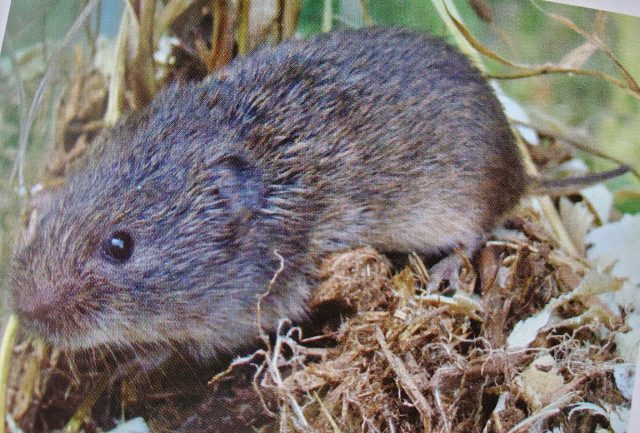
The Prairie Vole has been studied time and time again to unlock the secret to their unbreakable bonds. It turns out oxytocin is likely that secret. When touching, caressing and cuddling, a dose of oxytocin is released in their bodies and helps to create a long-lasting bond between pairs. In a University of Chicago study, Prairie Vole pairs were separated and placed in different cages. When one vole was stressed and the voles were finally reunited, the second vole would race over to the stressed mate and begin grooming and even licking the stressed vole to soothe it. Scientists believe this physical act is based in empathy.
Animals that Hug to Reconnect After a Tiff

Everybody fights – even the most tight knit families. Some of these social animals will use physical touch, like hugging to reconnect and bond once again after a disagreement. Researchers found that dolphins will try to reconnect after a disagreement by rubbing each other’s flippers and carrying each other through the water. Wolves, too, even with their strict hierarchy, will try to make up after conflict. Surprisingly, scientists based in Rome found that both dominant and subservient wolves will make the move to kiss and make up.
Animals That Hug to Survive Winter
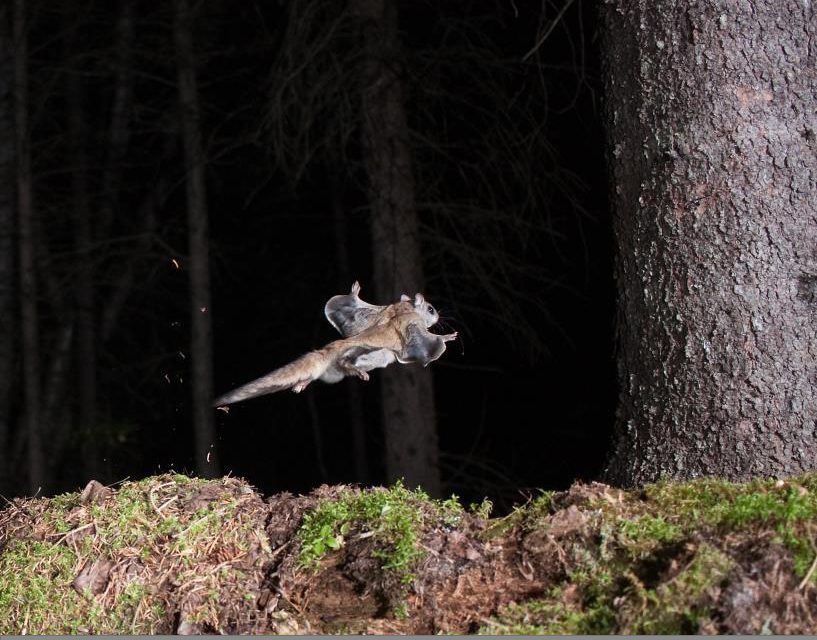
Have you ever heard of kleptothermy? It’s the act of stealing body heat from another person or animal. In the winter, plenty of animals are guilty of it. After all, it’s practical. If you can snuggle up next to another critter in your crew and keep each other warm, you’ll all live to see another spring! Let’s take a look at some of the wildlife that snuggle to stay warm.
Flying squirrels have to stay lean to glide and that works against them when the temperatures plummet and they’re left shivering. That’s why these cute critters will form what’s known as a ‘cuddle puddle’ to share their body heat!
While many marine mammals are coated in fur to keep them warm through the winter months, sea lions are pretty naked and don’t have much of a defense against the cold. Unless, of course, you count their ability to keep one another warm. They’ll gather in large rafts (numbers can be 1,500 sea lions strong!) and … well… cuddle! Researchers have found that sea lions that cuddle together on land can boost their body temperatures to 6°C warmer than their environment!
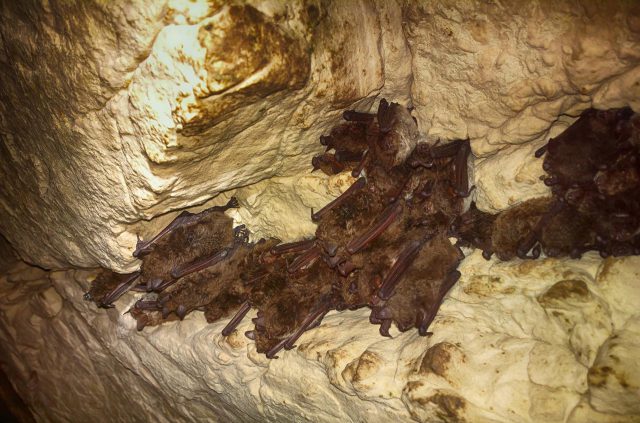
In the fall, many bat species, like Little Brown Bats and Big Brown Bats, gather together to hibernate. They’ll huddle close together in caves, abandoned mines or even attics to keep each other toasty. Sadly, that huddle is in part responsible for the spread of White-nose Syndrome. Thousands of bats have fallen victim to this disease that eats away at their skin, keeping them up from hibernation and robbing them of energy. The disease has ravaged many populations in Eastern Canada, was found in Saskatchewan in 2021 and has recently been discovered in Alberta too. Learn more about the fight they’re up against and how CWF is trying to help our bats here.

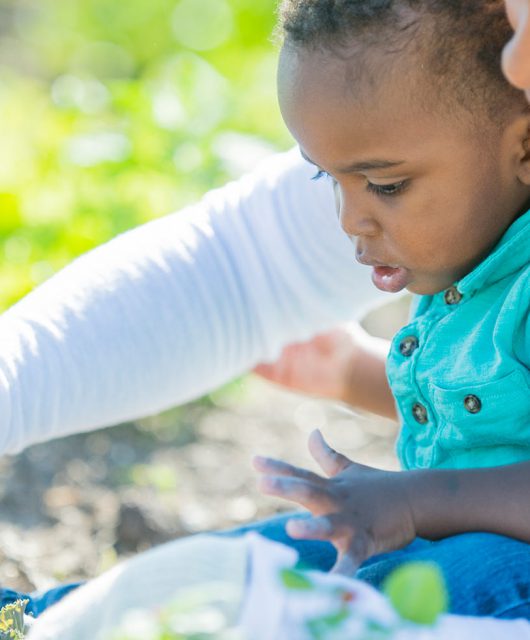

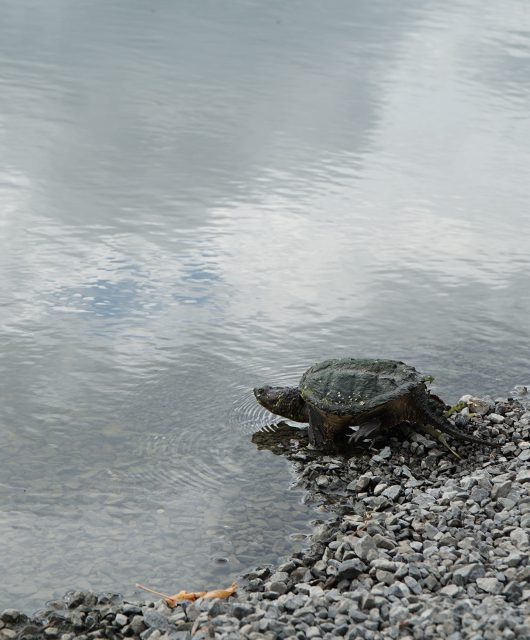
3 comments
Thank you for this informative article.
I wonder if you were as struck as I was by the irony in the vole story. The U.Chicago study subjected Prairie Vole pairs to stress and distress, first by separating them in different cages, then quite possibly inflicting some form of pain: “one vole was stressed and the voles were finally reunited”.
How could scientists who were studying hugging and empathy be themselves so devoid of empathy toward other animals?
If we look at Indigenous ways of knowing, we see that Indigenous peoples long ago realized that all animals feel empathy, just as humans do, and they came to their conclusions without resorting to painful, inhumane experiments. I feel that the Western scientific tradition has a lot to learn from Indigenous knowledge systems. Perhaps we are overly reliant on scientific validation of truths we alredy know intuitively, such as the fact that animals have feelings and experience empathy.
Very well said Chang. I agree wholeheartedly. We have a lot to learn from the original ways.
We can learn so much from indigenous people
I agree animals do indeed have feelings and empathy
They are intelligent, they deserve respect and more